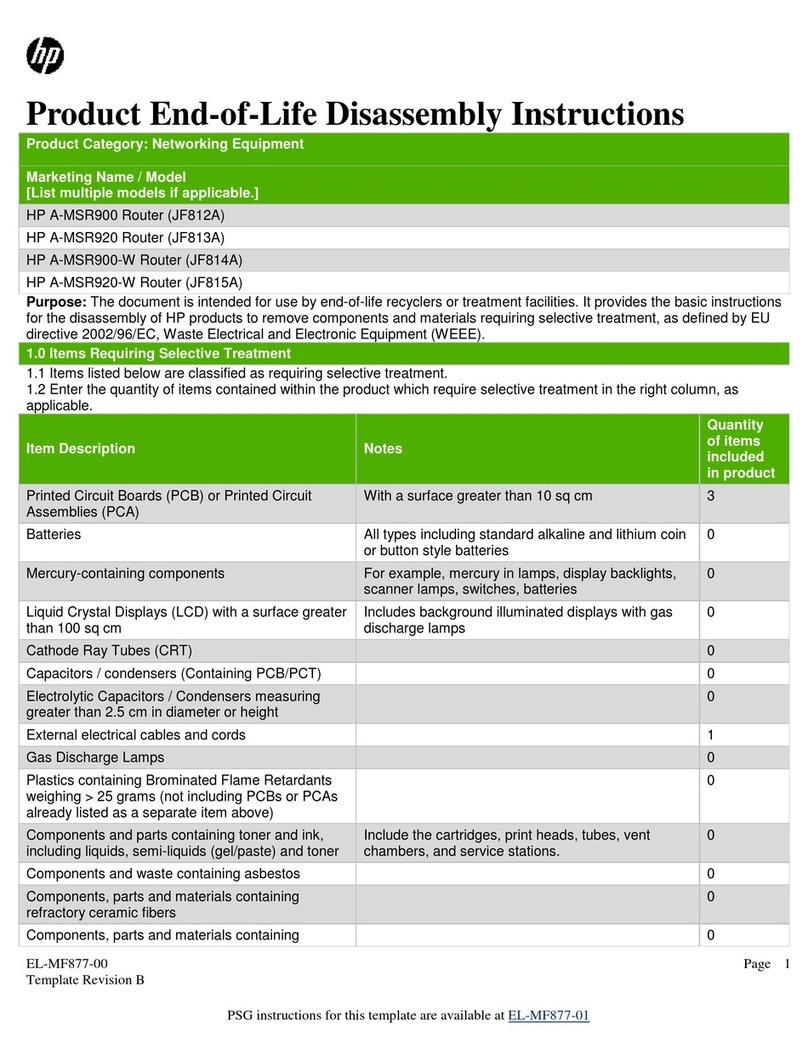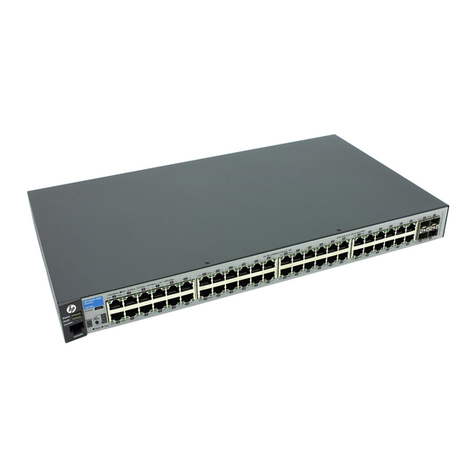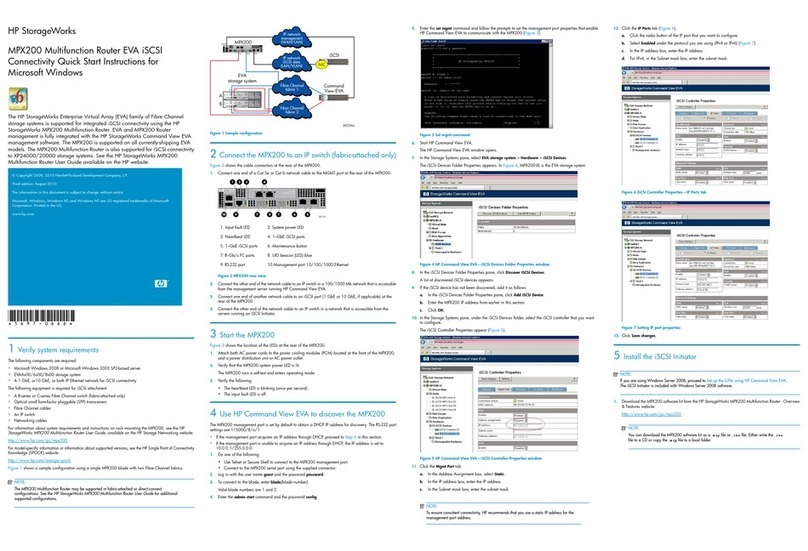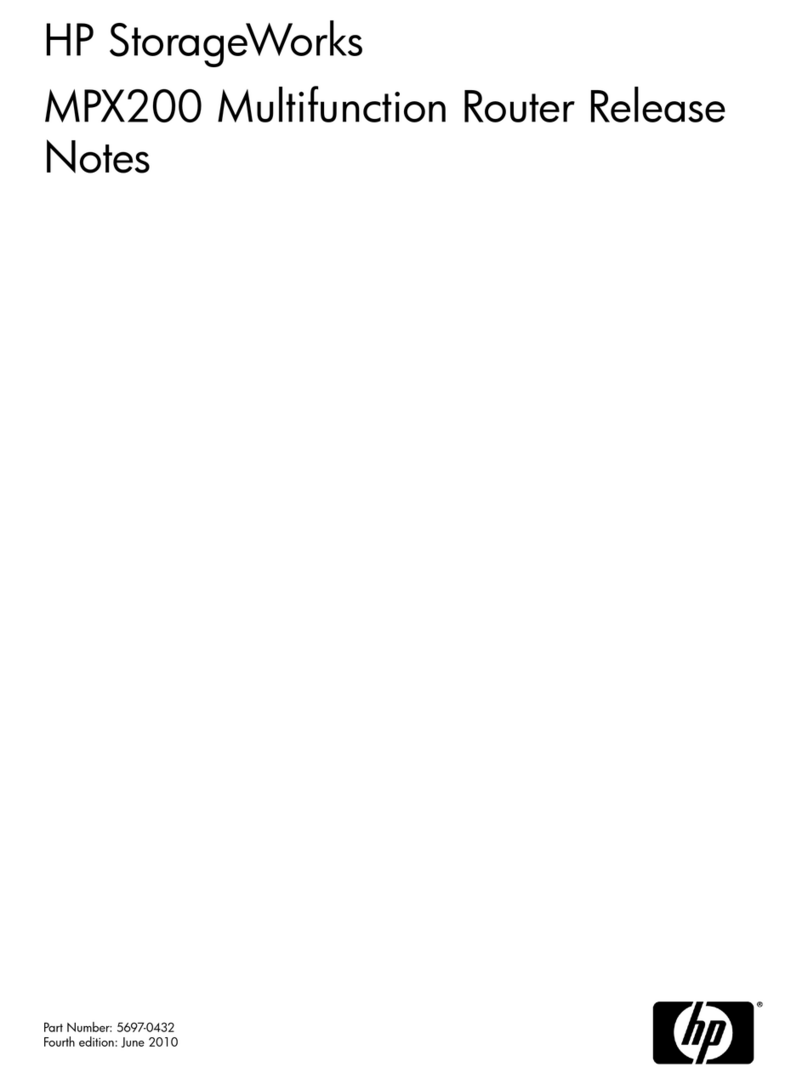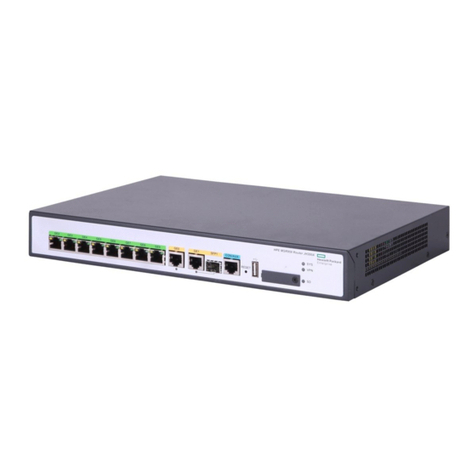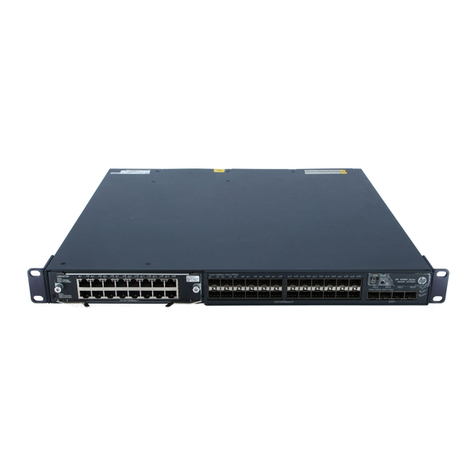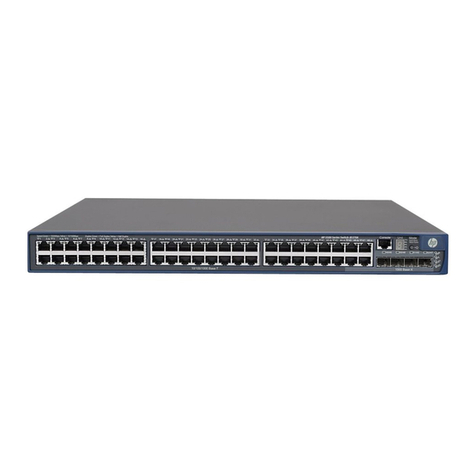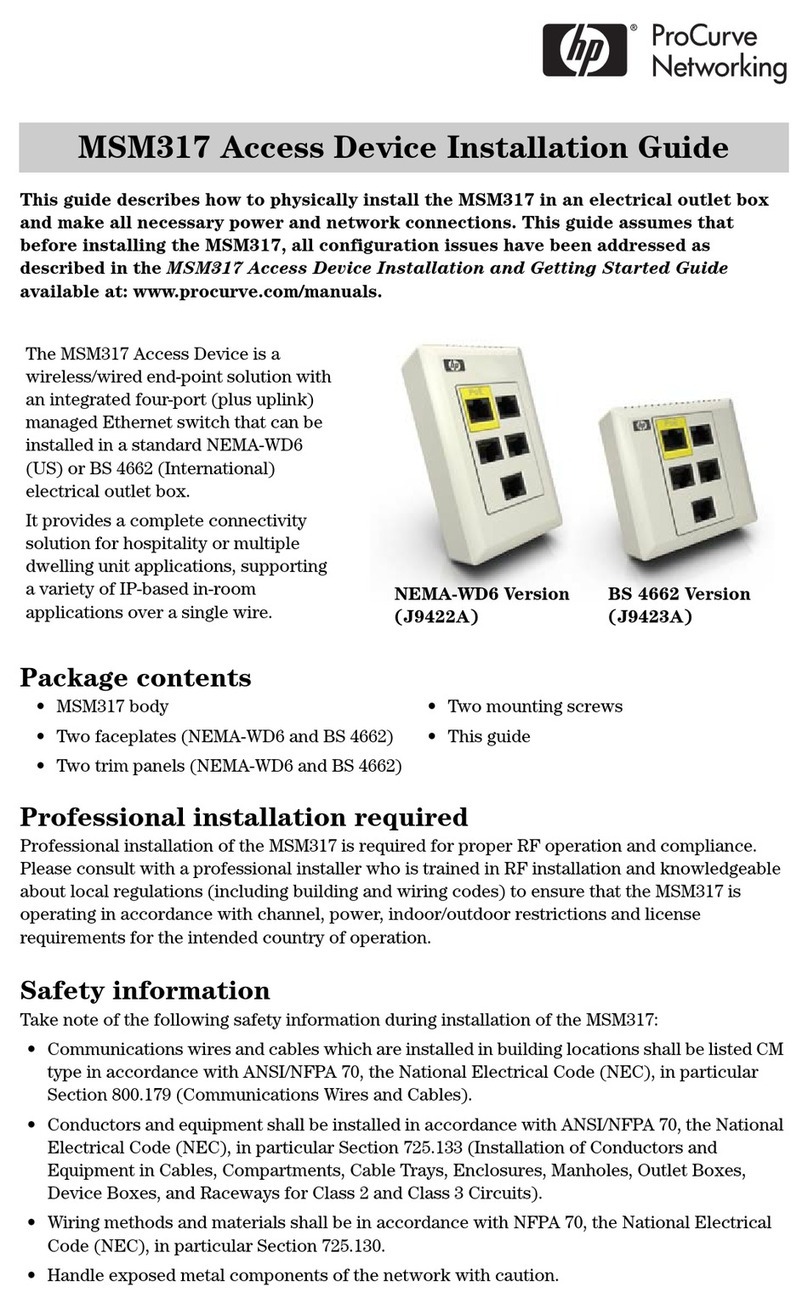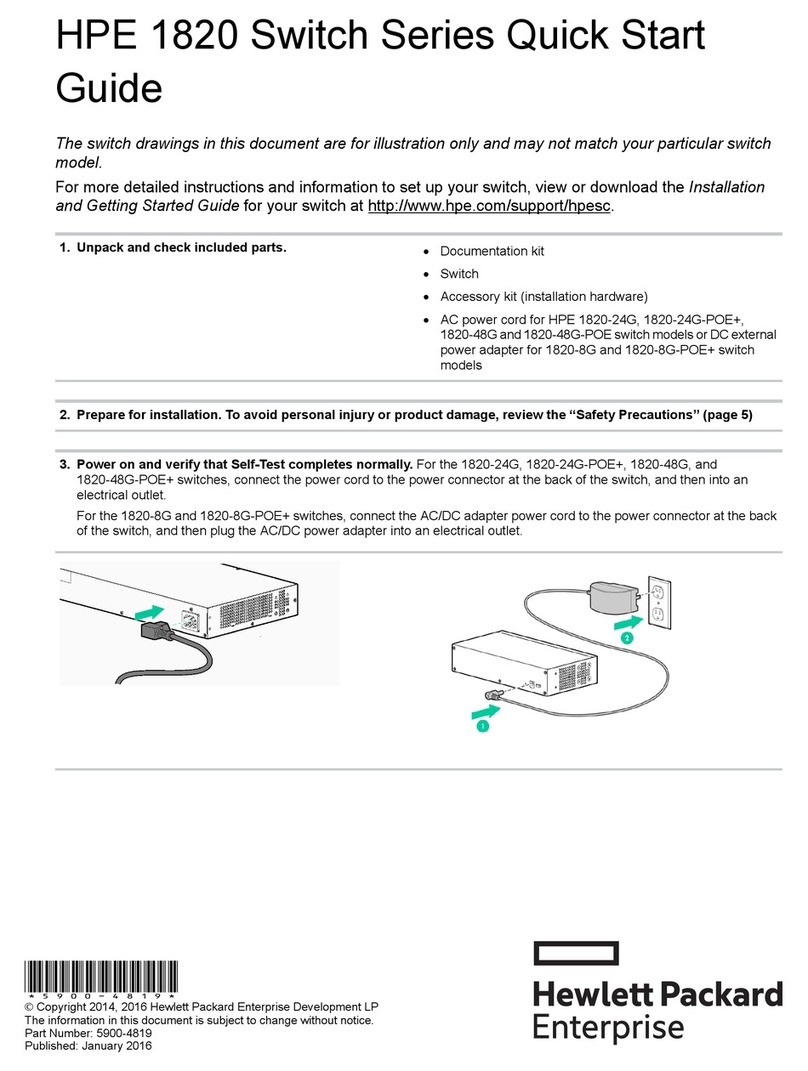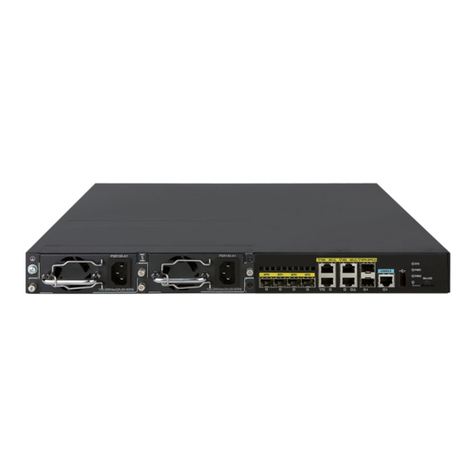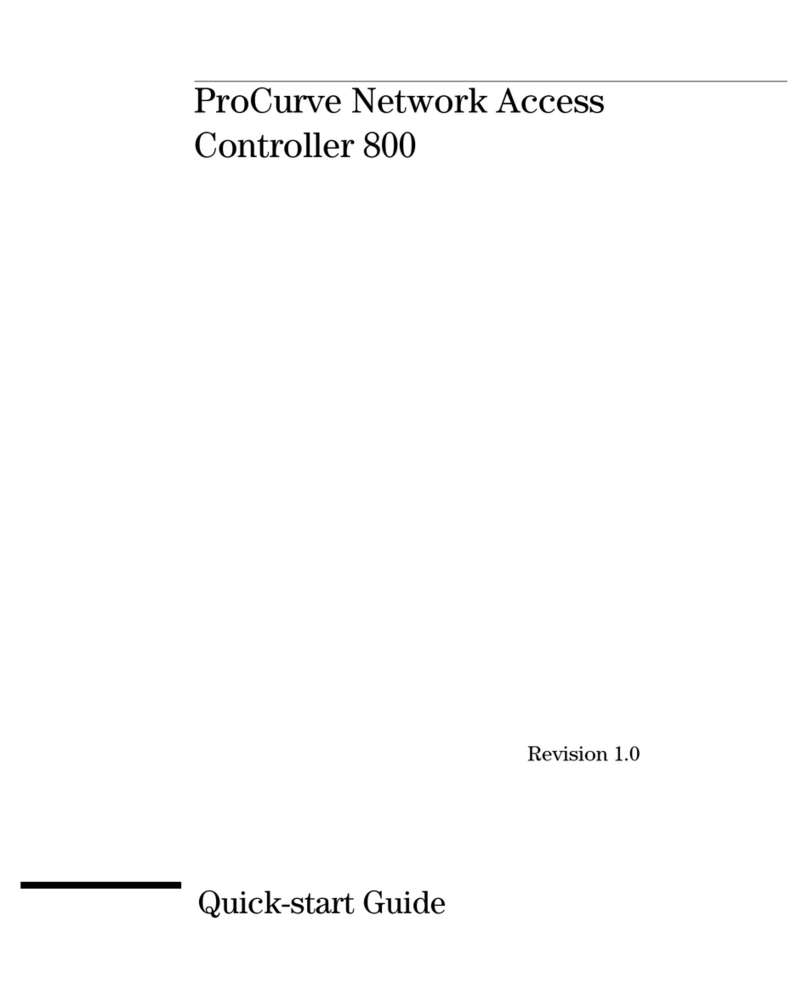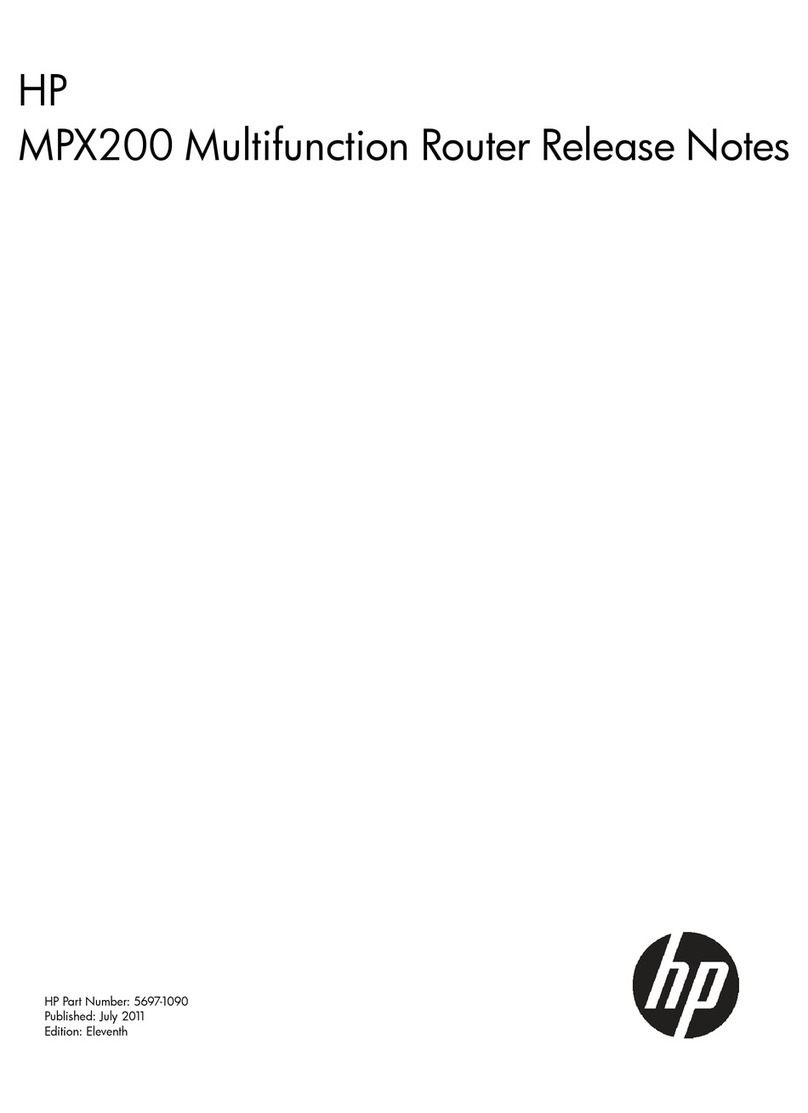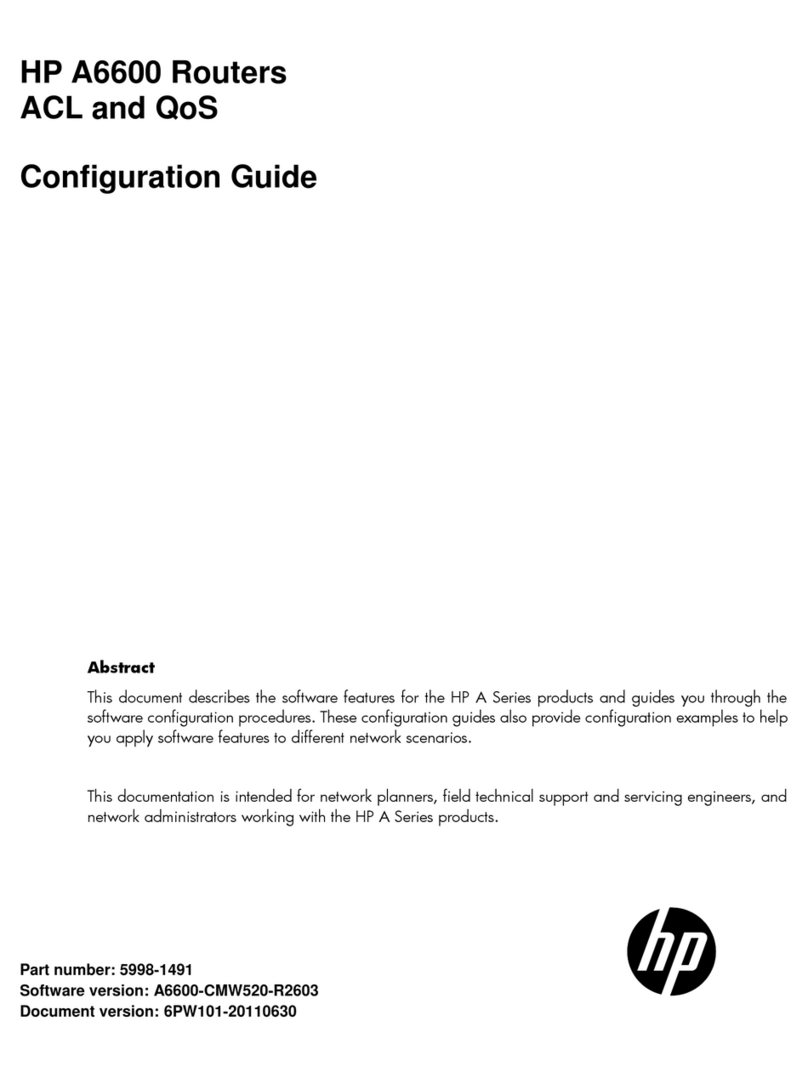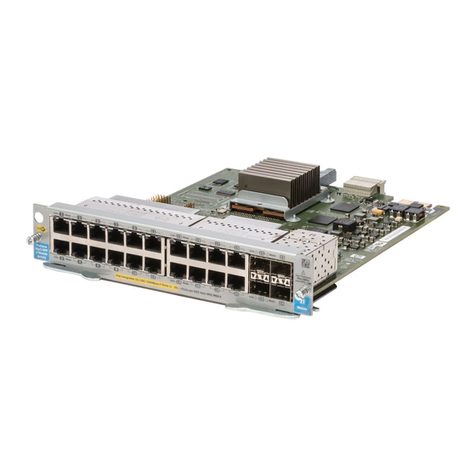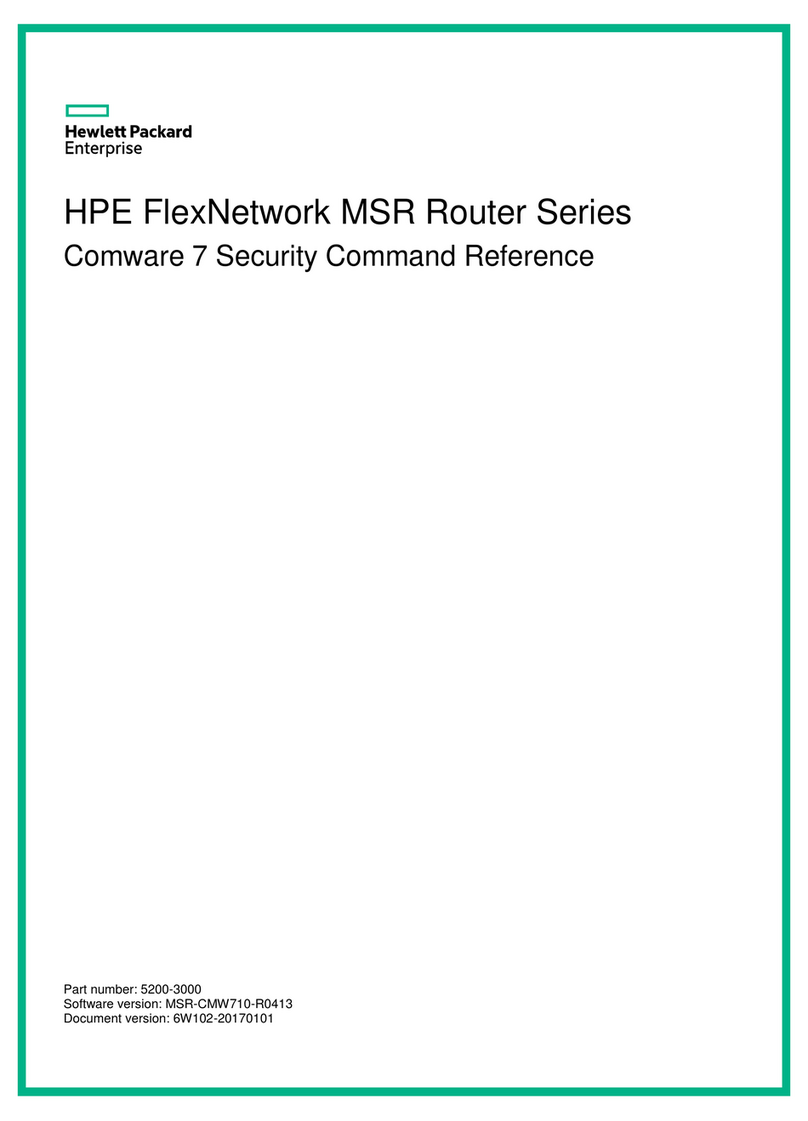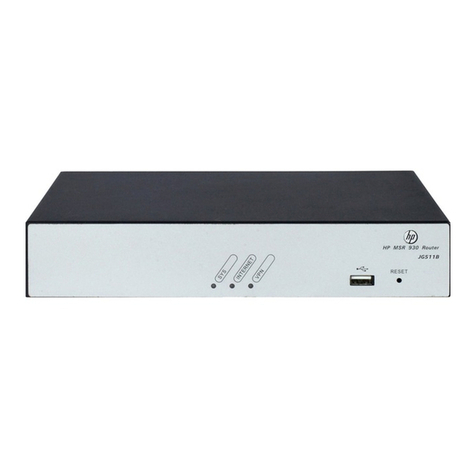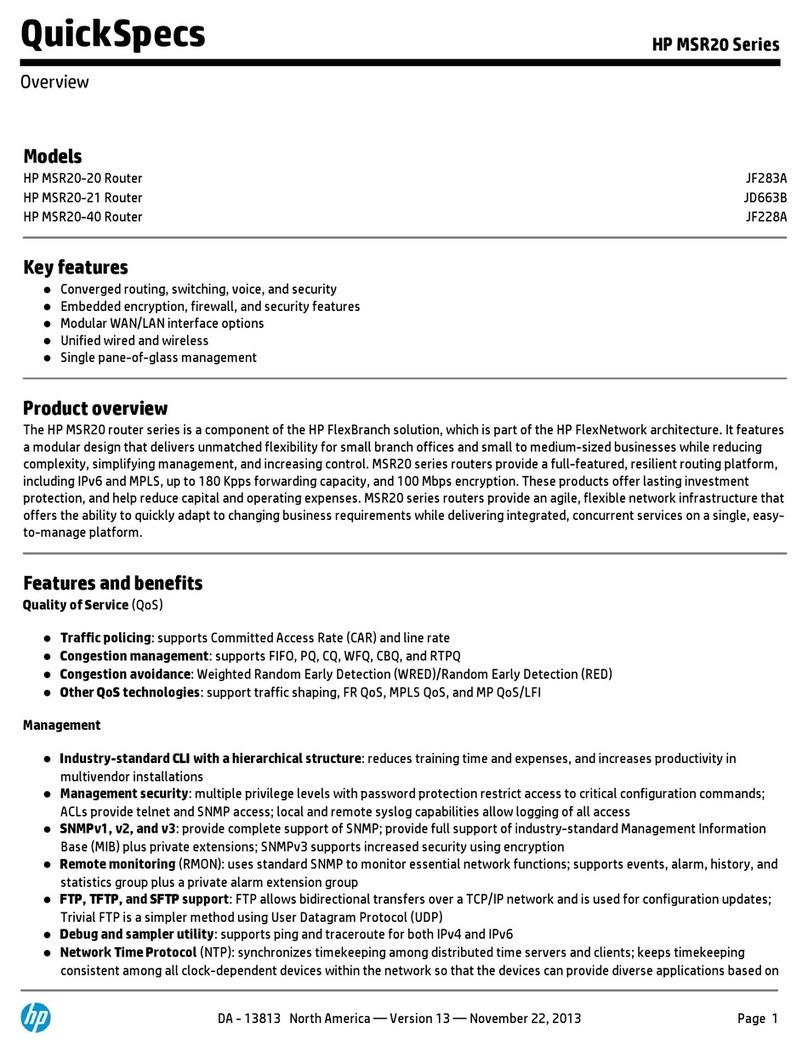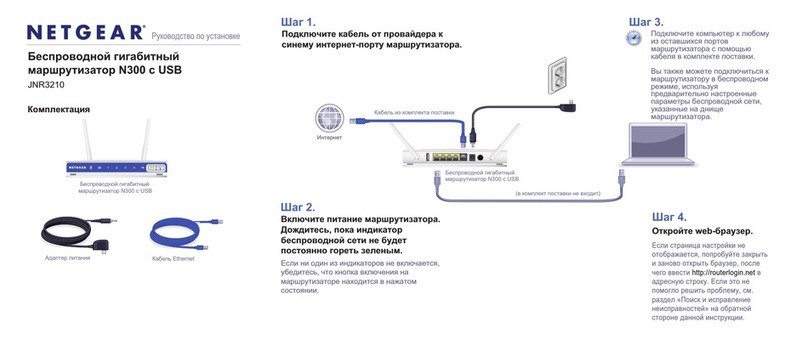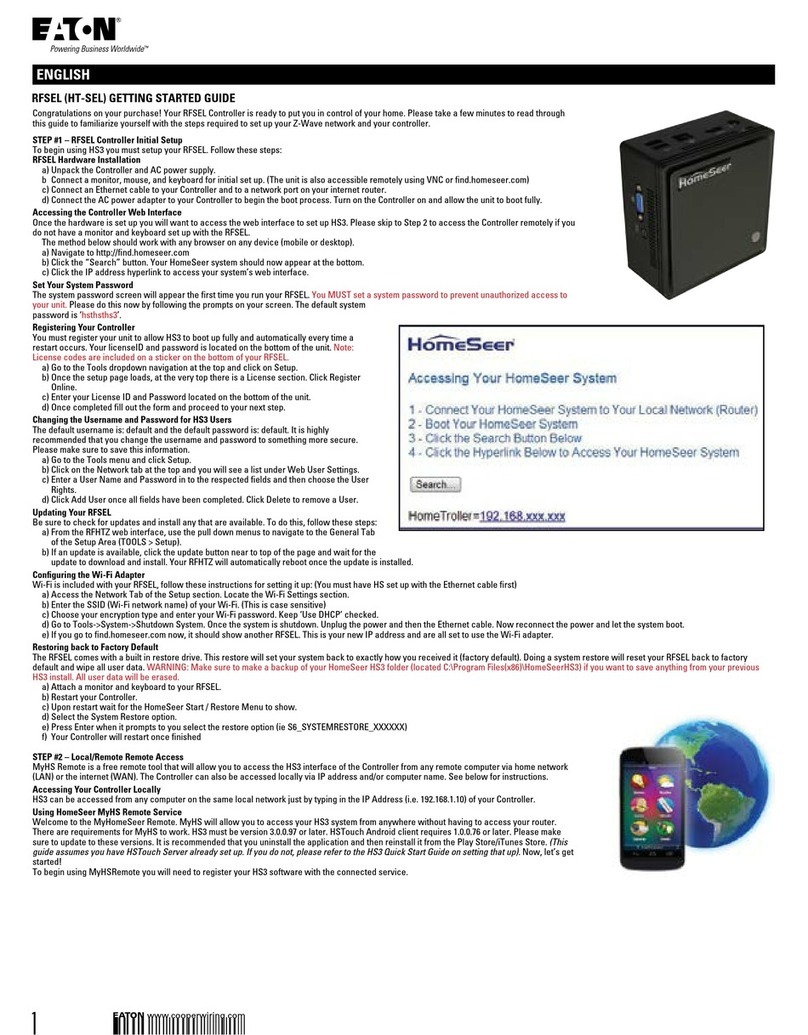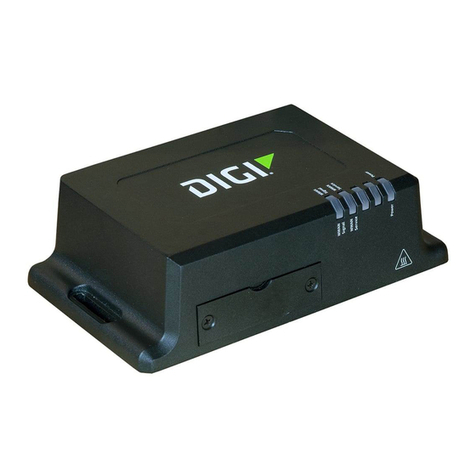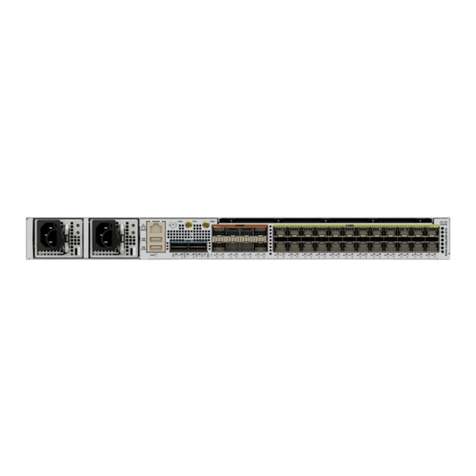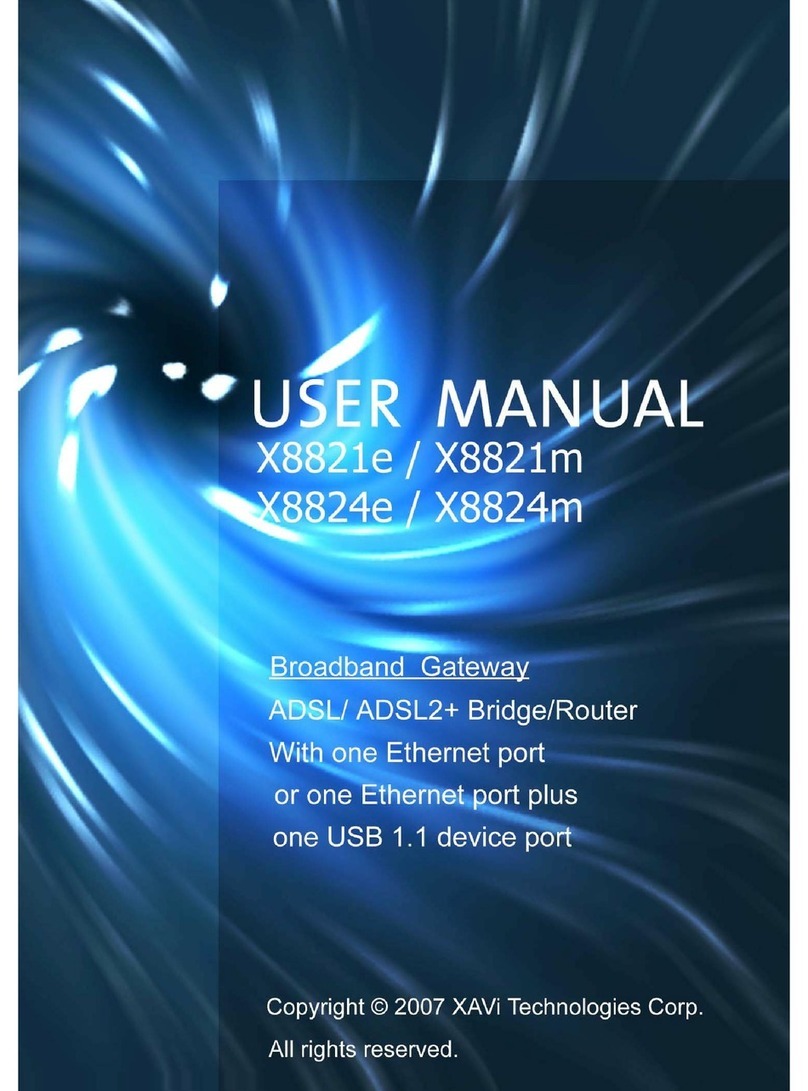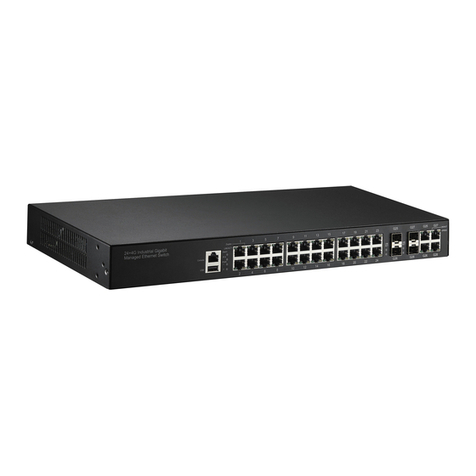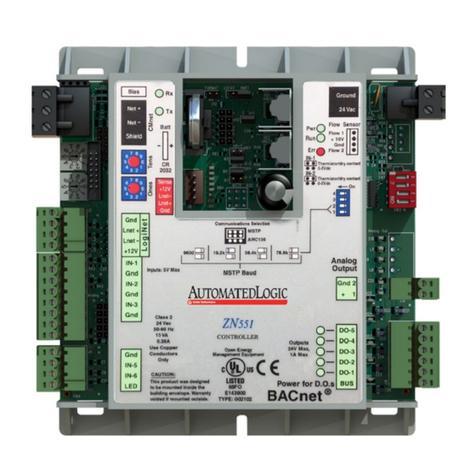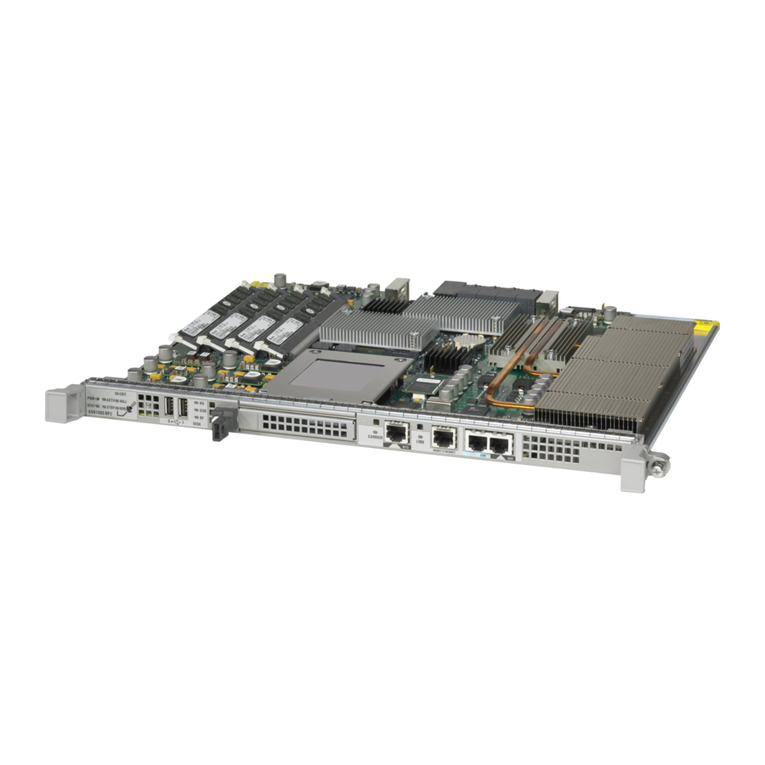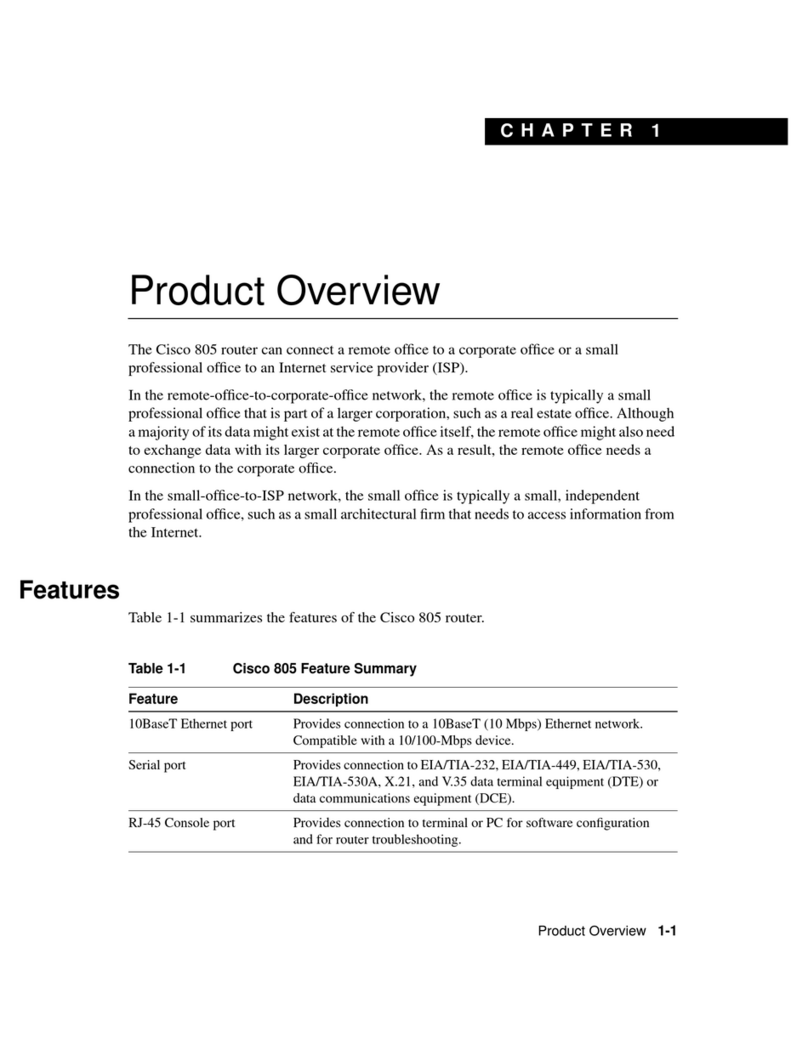
ii
Configuring a preference for RIP························································································································· 29
Configuring RIP route redistribution····················································································································· 30
Tuning and optimizing RIP networks ···························································································································· 30
Configuration prerequisites ·································································································································· 30
Configuring RIP timers··········································································································································· 30
Configuring split horizon and poison reverse···································································································· 31
Configuring the maximum number of ECMP routes ·························································································· 32
Enabling zero field check on incoming RIPv1 messages ·················································································· 32
Enabling source IP address check on incoming RIP updates············································································ 33
Configuring RIPv2 message authentication ········································································································ 33
Specifying a RIP neighbor ···································································································································· 33
Configuring RIP network management················································································································ 34
Configuring the RIP packet sending rate ············································································································ 34
Setting the maximum length of RIP packets ········································································································ 35
Configuring RIP GR························································································································································ 35
Configuring BFD for RIP················································································································································· 36
Configuring single-hop echo detection (for a directly connected RIP neighbor) ············································ 36
Configuring single-hop echo detection (for a specific destination)·································································· 36
Configuring bidirectional control detection········································································································ 37
Configuring RIP FRR ······················································································································································· 37
Displaying and maintaining RIP ··································································································································· 38
RIP configuration examples··········································································································································· 39
Configuring basic RIP ··········································································································································· 39
Configuring RIP route redistribution····················································································································· 41
Configuring an additional metric for a RIP interface························································································· 43
Configuring RIP to advertise a summary route··································································································· 45
Configuring BFD for RIP (single-hop echo detection for a directly connected neighbor) ······························ 47
Configuring BFD for RIP (single hop echo detection for a specific destination) ············································· 50
Configuring BFD for RIP (bidirectional detection in BFD control packet mode)·············································· 53
Configuring RIP FRR ·············································································································································· 56
Configuring OSPF ······················································································································································59
Overview········································································································································································· 59
OSPF packets························································································································································· 59
LSA types································································································································································ 60
OSPF areas ···························································································································································· 60
Router types···························································································································································· 62
Route types····························································································································································· 63
Route calculation ··················································································································································· 64
OSPF network types ·············································································································································· 64
DR and BDR ··························································································································································· 64
Protocols and standards ······································································································································· 65
OSPF configuration task list ·········································································································································· 66
Enabling OSPF ······························································································································································· 67
Configuration prerequisites ·································································································································· 67
Configuration guidelines ······································································································································ 67
Enabling OSPF on a network······························································································································· 68
Enabling OSPF on an interface ··························································································································· 69
Configuring OSPF areas ··············································································································································· 69
Configuring a stub area ······································································································································· 69
Configuring an NSSA area·································································································································· 70
Configuring a virtual link······································································································································ 70
Configuring OSPF network types ································································································································· 71
Configuration prerequisites ·································································································································· 71
Configuring the broadcast network type for an interface················································································· 72
